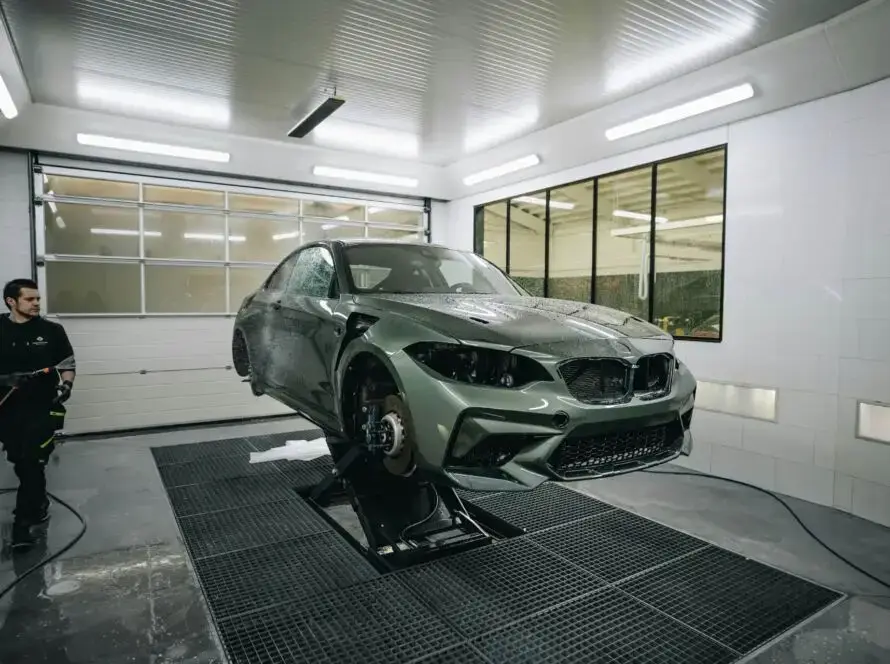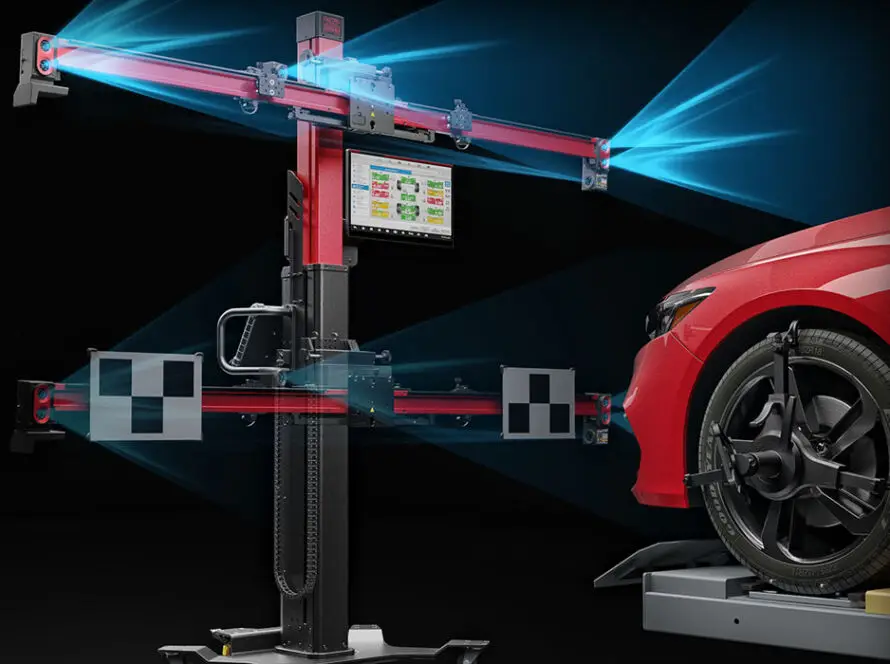The cost of ADAS calibration varies depending on several factors. While it’s difficult to provide a one-size-fits-all price, understanding the components that influence these costs can give you a clearer picture of what to expect.
1. Type of Calibration Required
There are two primary types of calibration for ADAS: static and dynamic.
-
Static Calibration: This type of calibration is typically performed when a vehicle is stationary. It involves positioning the car in a controlled environment, often using a fixed setup to recalibrate the sensors. Static calibration is usually more labor-intensive and requires specialized equipment like laser targets or alignment tools. This type of calibration is common when components such as windshield cameras or sensors are replaced or adjusted.
-
Dynamic Calibration: Unlike static calibration, dynamic calibration involves driving the vehicle under specific conditions to ensure the sensors are working correctly. The vehicle is driven in a specific pattern or road type to allow the sensors to adjust and align while moving. This type of calibration is generally required after repairs to radar systems, for example.
The complexity and tools required for each type of calibration can significantly influence the overall cost. Static calibration is often more expensive than dynamic calibration because it requires more precision and often takes longer.
2. Make and Model of the Vehicle
The type of vehicle you drive also plays a role in the cost of ADAS calibration. High-end vehicles, luxury cars, or those with advanced ADAS features will often require specialized calibration equipment and software, which can be more expensive than standard systems. Automakers also have different calibration procedures, which can vary in cost based on the complexity of the system in the vehicle. For instance, a luxury vehicle like a BMW or Audi may have more complex sensor setups and will typically incur higher calibration costs compared to a more basic vehicle.
3. Labor Costs and Time Involved
The labor cost involved in ADAS calibration depends on the time required to perform the calibration process. Static calibration can take anywhere from 1-2 hours, while dynamic calibration may take longer, depending on the testing environment and road conditions. Labor costs also vary by location, with areas that have a higher cost of living (e.g., urban centers) generally having higher labor rates.
Some shops may charge a flat rate for calibration services, while others may charge hourly, which can lead to variation in the total cost based on the time it takes to complete the job.
4. Type of Repair or Replacement Done to the Vehicle
The reason for calibration also affects the overall cost. If your windshield has been replaced, for example, it’s likely that the cameras or sensors on the windshield will need to be recalibrated. This is common for vehicles with forward-facing cameras or collision avoidance systems. A windshield replacement can trigger the need for calibration because the cameras are usually mounted on the windshield and may lose alignment during the removal and replacement process.
If the vehicle has been in an accident or has undergone more significant repairs, such as a bumper replacement or sensor realignment, the calibration may be more complex and take longer, leading to higher costs. In such cases, calibration may require the involvement of both static and dynamic methods to ensure that all of the vehicle’s sensors are functioning correctly.
5. Equipment and Tools Required
ADAS calibration often requires sophisticated tools and equipment, which can contribute to the overall cost. Many repair shops or dealerships invest in specialized calibration equipment, including diagnostic tools, computer systems, and alignment devices. In some cases, specialized software updates may also be required to communicate with the vehicle’s onboard systems and sensors.
This equipment and technology represent a significant investment for auto repair shops, and that cost is often passed on to the consumer. Some shops, particularly those with higher-end calibration equipment, may charge more for calibration services.
Average Costs of ADAS Calibration
The cost of ADAS calibration varies widely depending on the factors mentioned above. On average, calibration can cost anywhere from $150 to $500. For more complex calibration jobs or luxury vehicles, the price can rise to $1,000 or more.
-
Basic Calibration: For basic static calibration or standard vehicles, costs are generally on the lower end of the spectrum, around $150 to $250.
-
Advanced or Dynamic Calibration: For vehicles requiring dynamic calibration or more complex procedures, costs can range from $300 to $500.
-
Luxury or High-End Vehicles: Luxury vehicles with more sophisticated ADAS systems can have calibration costs between $500 to $1,000 or even higher.
Why Is ADAS Calibration Worth the Cost?
While the cost of ADAS calibration may seem high, it’s essential for ensuring the safety and proper functioning of your vehicle. Here’s why paying for calibration is worth it:
-
Safety: ADAS technologies are designed to prevent accidents and reduce the risk of collisions. If the system isn’t calibrated correctly, it won’t function properly, increasing the likelihood of accidents. Proper calibration is critical for maintaining driver, passenger, and pedestrian safety.
-
Insurance Requirements: Many insurance companies require proper calibration after repairs to ensure the vehicle’s safety features are functioning correctly. Without calibration, you could risk having a claim denied if the vehicle is involved in an accident.
-
Preventing Additional Costs: By ensuring that the system is working correctly, you prevent more costly repairs in the future. Misaligned sensors or cameras can cause significant damage to the vehicle if left unchecked.
Conclusion
Understanding the cost of ADAS calibration involves considering several factors, including the type of calibration required, the vehicle make and model, the complexity of the repairs, and the specialized equipment involved. While calibration may seem like an added expense, it’s crucial for maintaining the vehicle’s safety systems and ensuring that ADAS features perform as designed. Investing in proper calibration ultimately helps protect lives, prevents costly accidents, and ensures compliance with insurance requirements. For the best results, always rely on certified and experienced professionals to handle ADAS calibration to avoid unnecessary costs and safety risks in the future.




